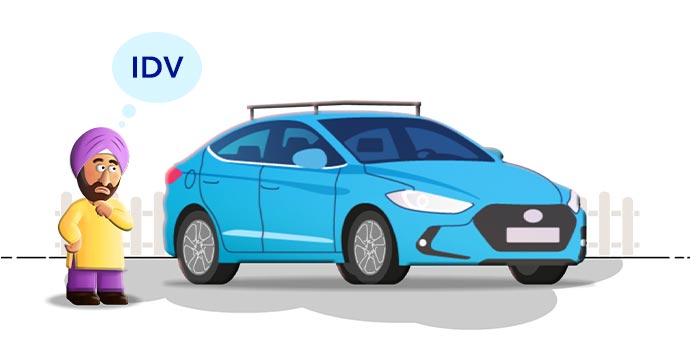In the intricate web of car maintenance, one often overlooked yet crucial aspect is the condition of our car’s tires. Determining the right time to replace them involves a nuanced understanding of wear indicators, environmental factors, and the impact of driving habits. As we delve into this guide on when to replace car tires, it’s about road safety and being a responsible and informed driver. Moreover, securing your vehicle extends beyond tire health. Exploring options to buy car insurance, understanding your car’s Insured Declared Value (IDV) through an IDV calculator, and considering add-ons for comprehensive car insurance are integral to ensuring a holistic approach to vehicle well-being.
- Tread Wear:
Check for tread wear indicators, typically represented by a triangular arrowhead on the sidewall. These indicators are rubber bridges between parallel treads. If the tread has worn down to the level of these bridges, it’s a clear sign that replacement is necessary. Visit a tire dealer promptly to ensure your vehicle’s safety.
- Asymmetric Tire Wear:
Uneven tire wear, where one side appears fine while the other is worn, may indicate misalignment or a damaged suspension component. Replacing the tire and realigning or repairing the assembly is essential to prevent further issues.
- Hard/Cracked Tire Tread:
Tires that sit unused for extended periods can develop harder rubber. Check the tread surface for noticeable cracks, especially on the side walls. While some surface cracks are normal, extensive cracking indicates significantly hardened rubber.
- Damaged Sidewalls:
The integrity of sidewalls is critical, particularly for radial tires that comprise most passenger car tires. Potholes and rough roads can cause bubbles or cracks in sidewalls. While tire repair shops offer sidewall patches, it’s crucial to recognize that this repair could be better. For safety, replacing the tires is the recommended course of action.
- Tire Age:
As tires age, the rubber naturally hardens, impacting flexibility and grip on the road. While softer compounds may delay surface breaking, their effectiveness diminishes over time. Avoid purchasing tires older than six months and using them beyond three years or 40,000 kilometres to ensure optimal performance and safety.
- Environmental Parameters:
Consider environmental factors such as weather conditions that affect tire performance. If replacement is imminent, plan to do so before the onset of specific seasons, like monsoons.
As we conclude our exploration into the optimal time to replace car tires, we must widen our lens to encompass the broader spectrum of vehicle care. Beyond the tread and rubber, safeguarding your car involves securing comprehensive car insurance.*
Whether you’re looking to buy car insurance for the first time or renew car insurance online, the online landscape offers convenient avenues. Use tools like an IDV calculator to comprehend your car’s value better and explore the array of car insurance add-ons available with comprehensive car insurance. Just as a well-timed tire replacement enhances road safety, a well-considered insurance plan fortifies your vehicle against unforeseen challenges. As you navigate tire health, remember responsible driving extends beyond rubber meeting the road—it involves a strategy encompassing your vehicle’s insurance well-being. *
* Standard T&C Apply
Insurance is the subject matter of solicitation. For more details on benefits, exclusions, limitations, terms, and conditions, please read the sales brochure/policy wording carefully before concluding a sale.
